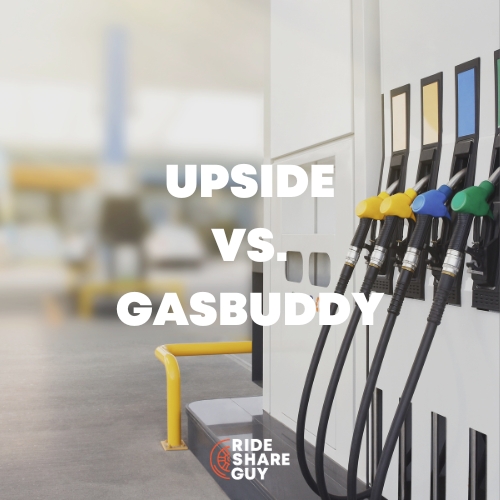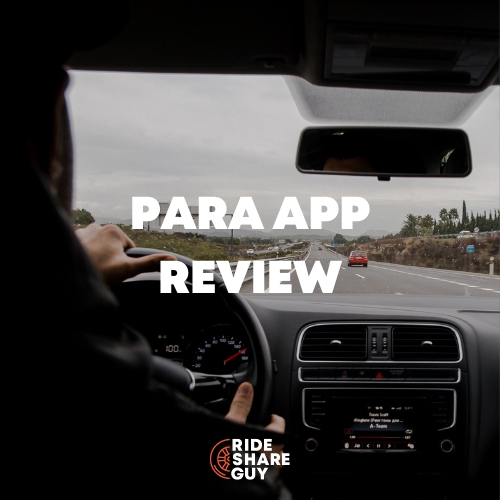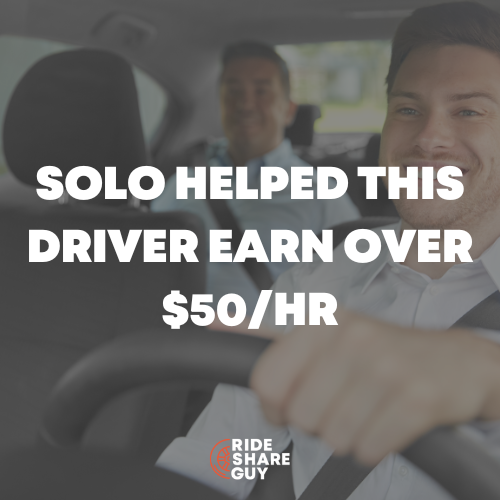With all of the driver pay issues surrounding Uber and Lyft, many drivers are wondering why there hasn’t been a competent challenger to Uber and Lyft. Recently, drivers reached out to us about a new company called Nomad Rides, which seeks to disrupt Uber and Lyft and take over as the truly driver-friendly company. We had RSG contributor Sergio Avedian take a look at Nomad, what it promises drivers, and the likelihood it will succeed below.
Nomad Rides is a new driver-centered rideshare company, whose intent is seemingly to overthrow Uber and Lyft by appealing to drivers, with a much more generous pay system than Uber/Lyft currently have. With driver pay and incentives getting cut what seems like every few months, there certainly is a lot of discontent to go around. I’m surprised a challenger to Uber and Lyft hasn’t arrived sooner! Is Nomad Rides the David that will take on the Goliath’s of the rideshare industry?
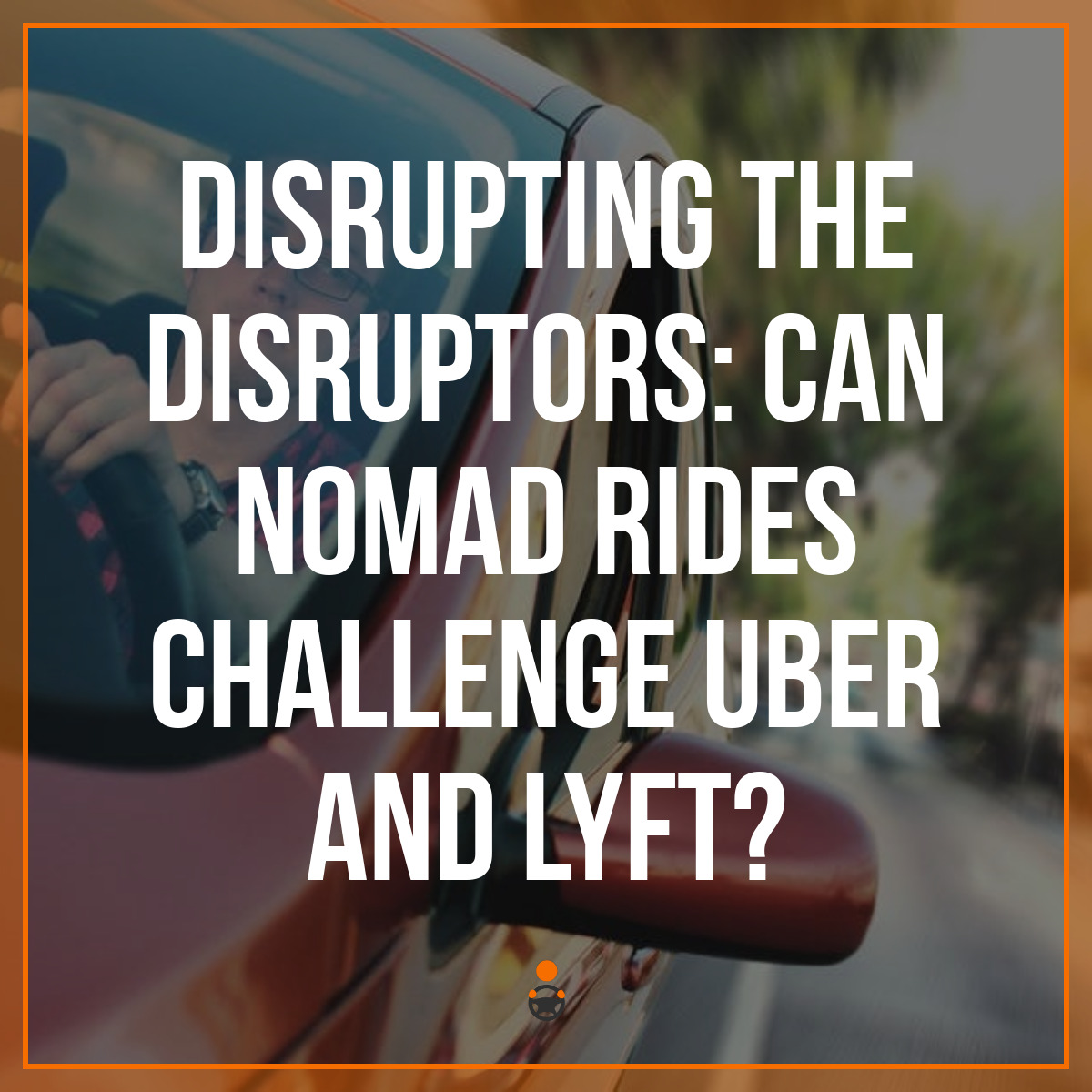
What is Nomad Rides? Who are the Founders behind this startup?
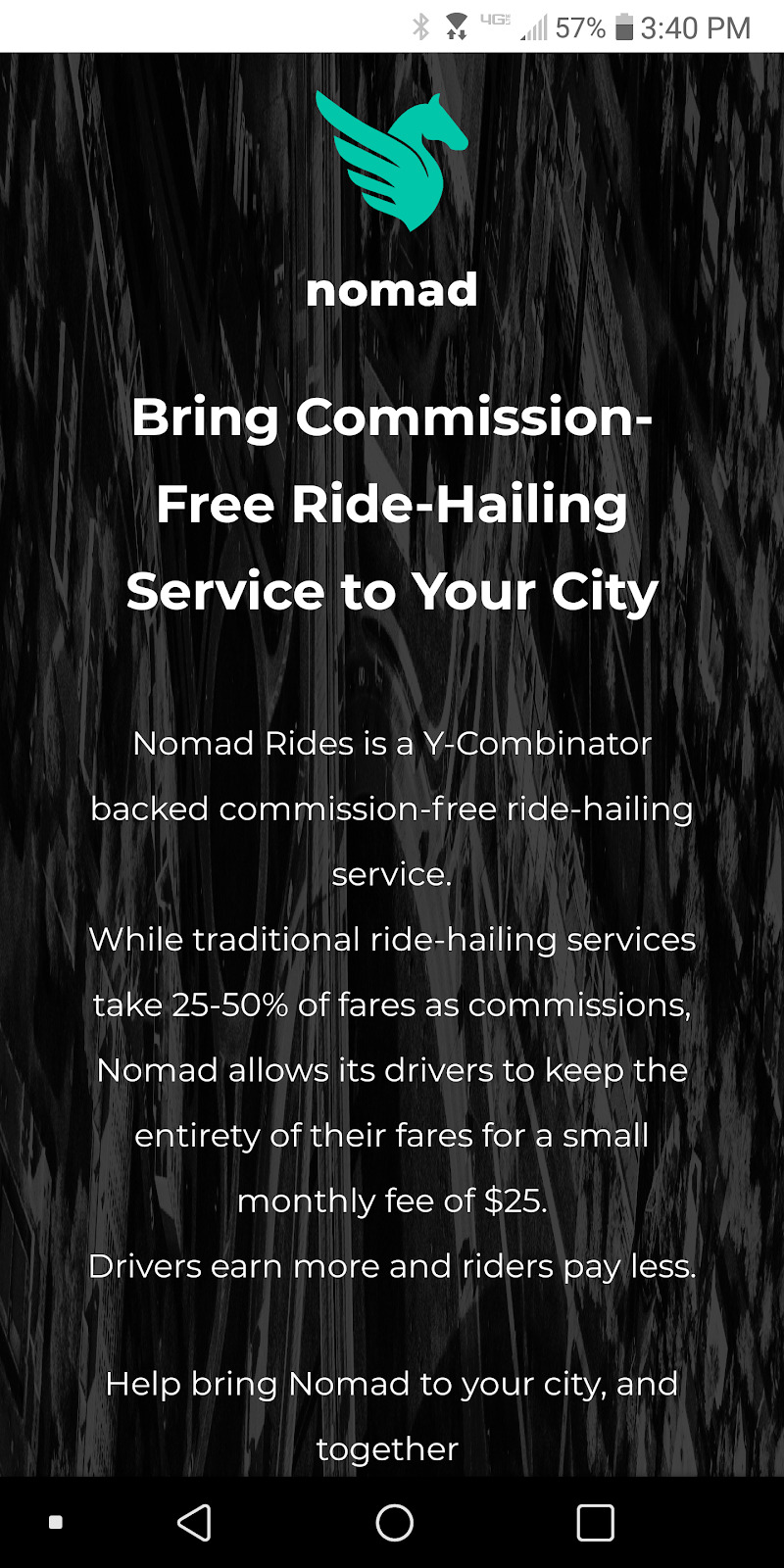
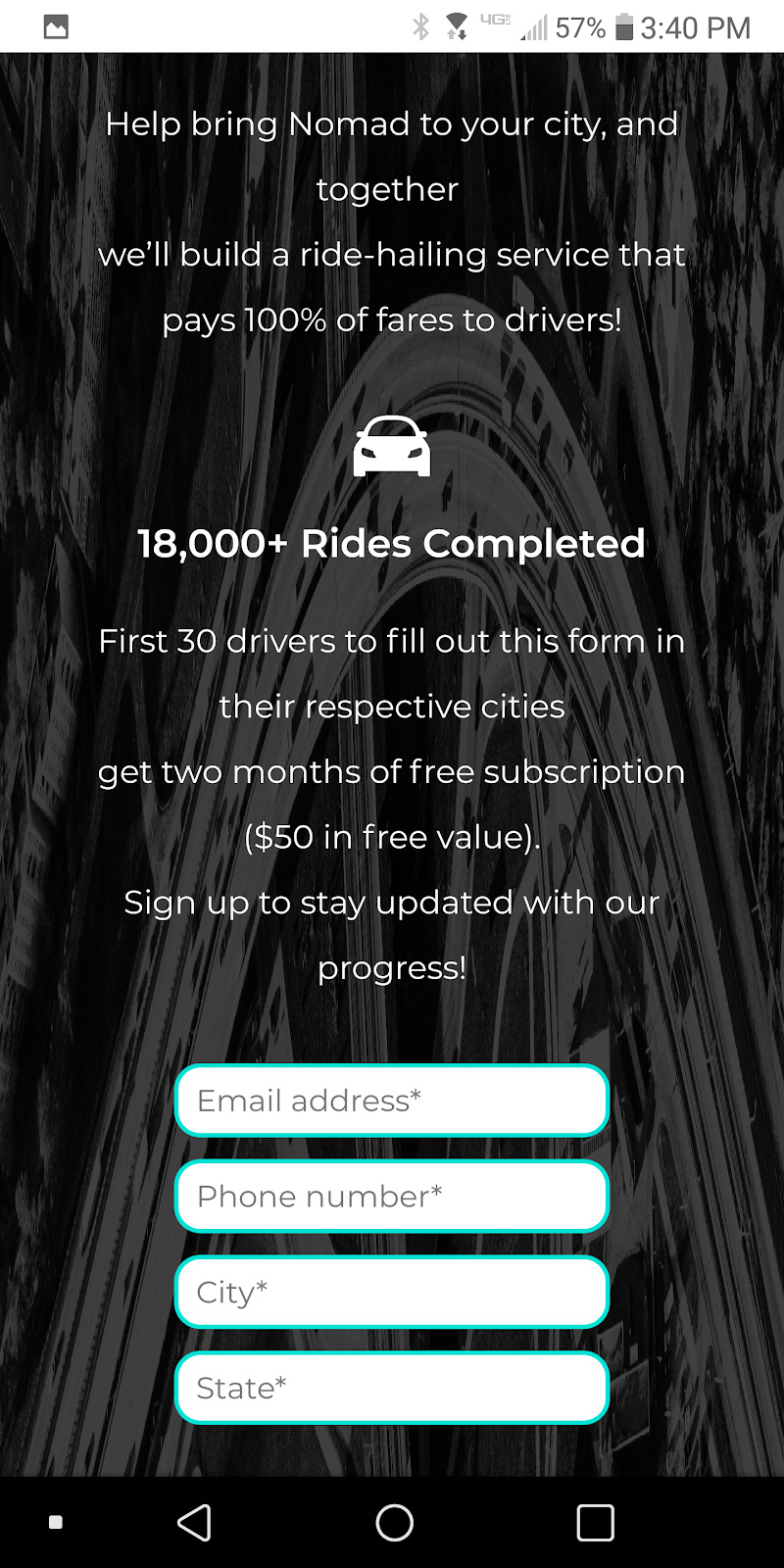
Nomad Rides is a startup with backing from Silicon Valley accelerator Y Combinator. The service was originally created as an app called BTown Rides in spring 2018. It evolved into Hoosier Rides and now carries the name Nomad Rides. Users pay a $5 flat rate to ride anywhere within the IU (Indiana University) campus and a surrounding perimeter. Outside the fixed perimeter, users are charged by distance and duration of the individual trip.
Co-founders and former IU classmates Daniel Jones and Michael McHugh created Nomad Rides to allow riders to pay less and drivers to earn more. Nomad Rides says its platform charges riders 20% less while drivers earn 20% more, and drivers pay Nomad a flat monthly subscription of $25.
Riders use cash or Venmo to pay their drivers directly, where Uber and Lyft make the whole process a cashless transaction for the passengers and the drivers. As upfront pricing has shown us, Uber and Lyft collect a commission from each ride, that can be as high as 60-70% of the fare. Nomad Rides allows drivers to keep 100 percent of the fare with the subscription model they announced.
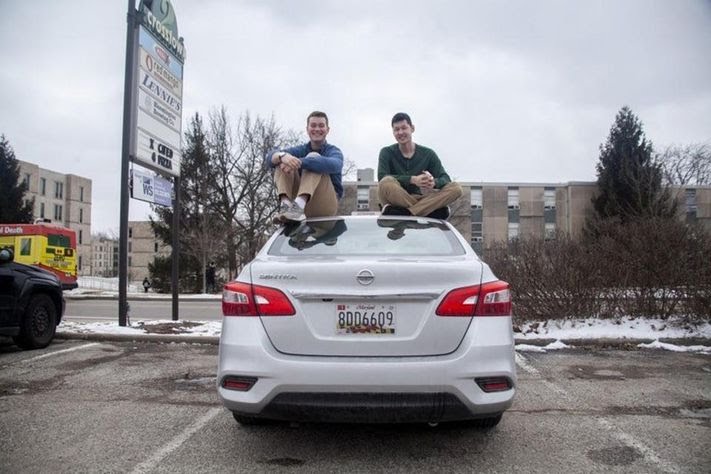
As reported in Forbes magazine, CEO Daniel Jones, the son of famed inventor and entrepreneur Scott Jones, told investors “The results were absolutely bananas” during a two-minute pitch at the Y Combinator Demo Day. “In just 61 days, we completed over 5,700 rides. We had so much demand, we had over 9,400 ride requests.”
How does the Nomad Rides app operate?
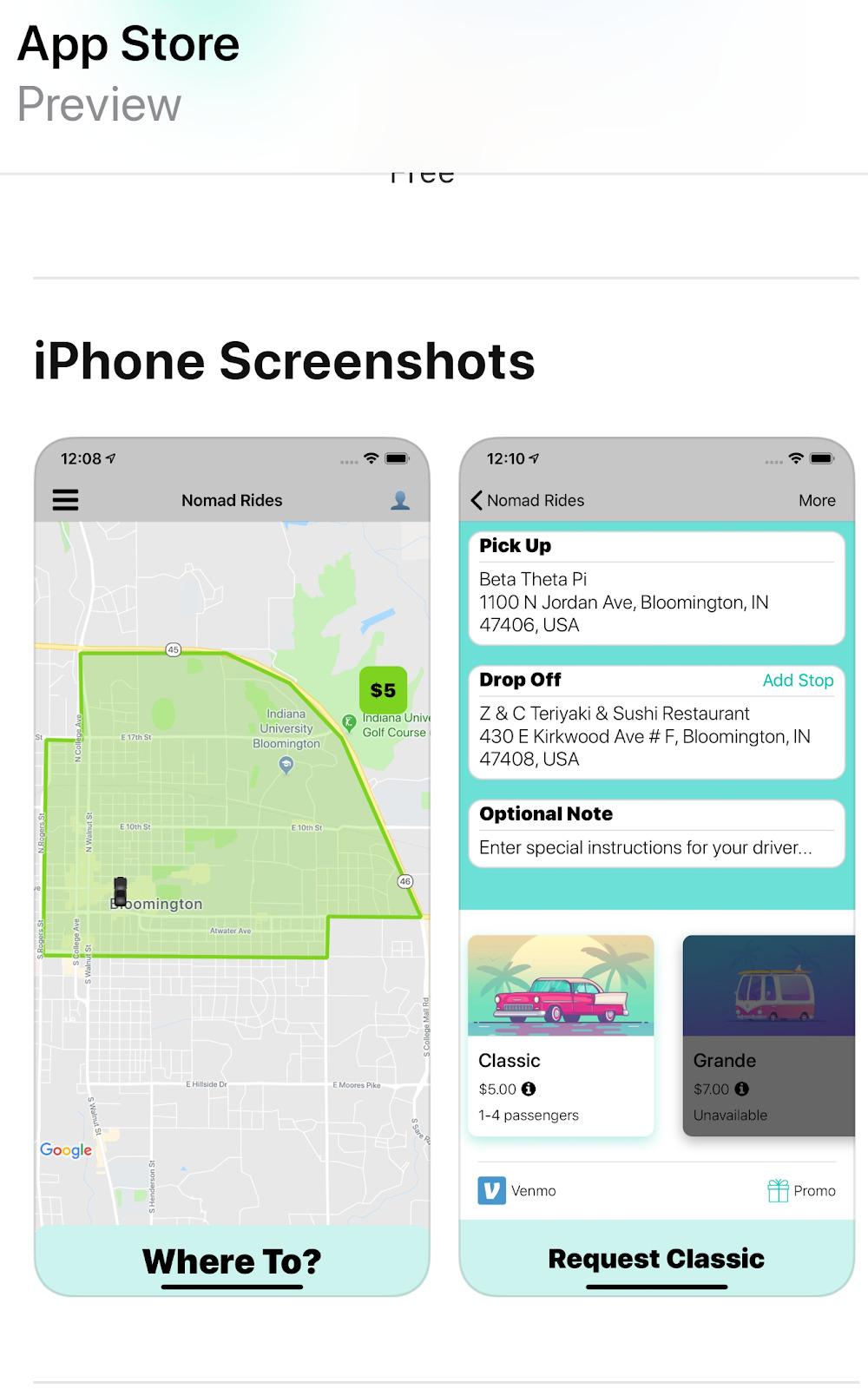
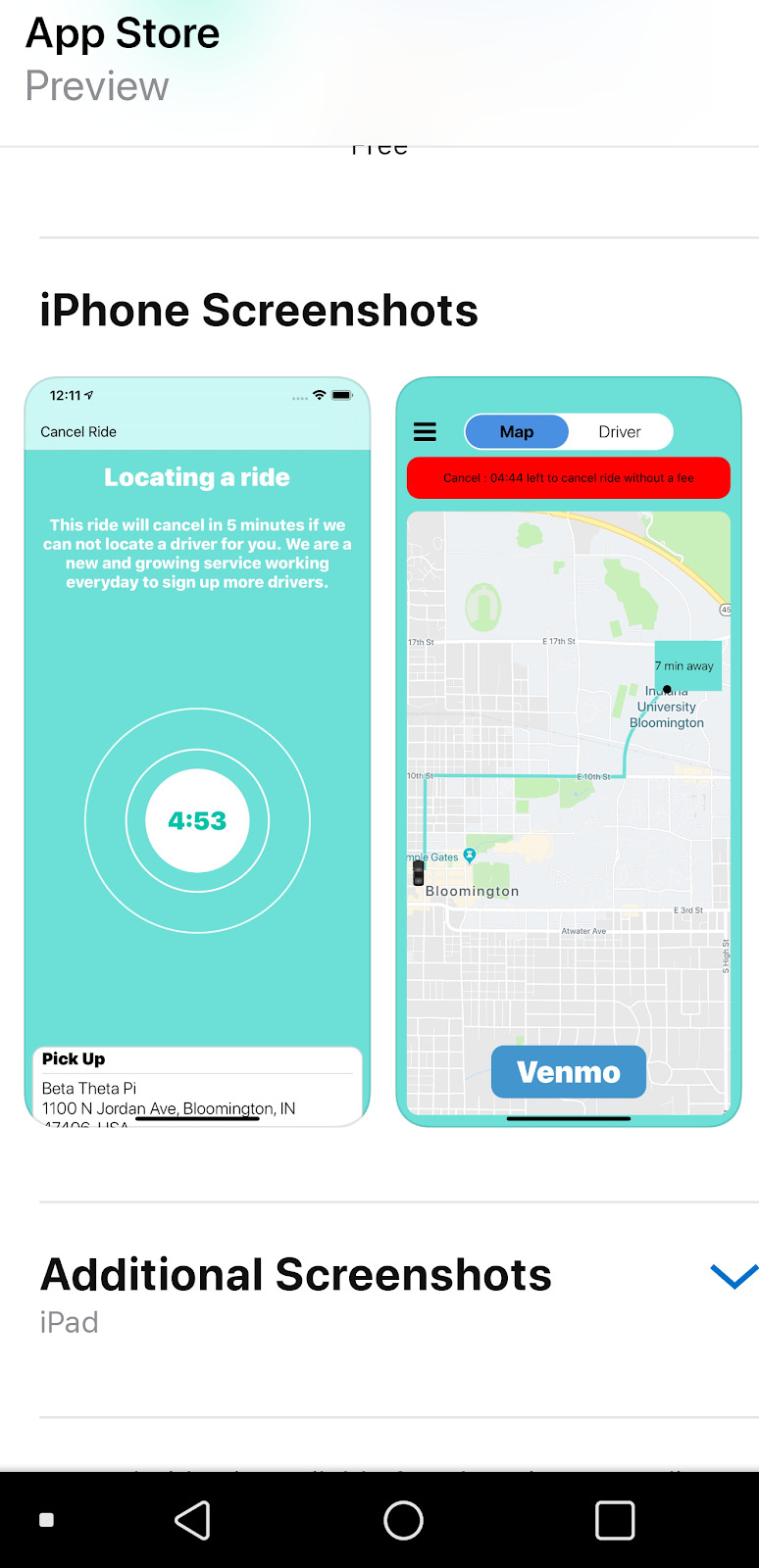
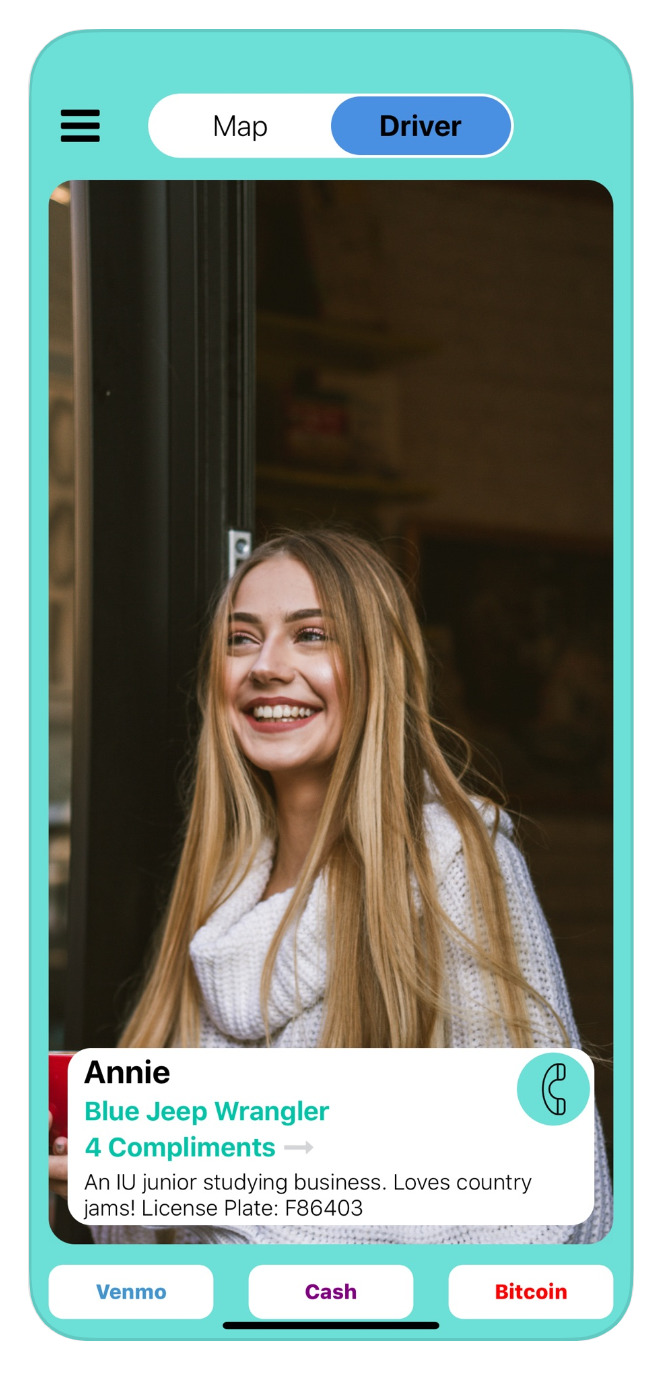
The screenshots above are pretty self explanatory. At the moment the Nomad Rides app is only available in the Apple App Store, and an Android version is supposed to be released shortly. The existing app is pretty basic, and it operates very similar to Uber and Lyft. Enter pick-up and final destination locations, order your ride and a car will be on its way.
As you see, the Nomad Rides app is geofenced to just the IU (Indiana University) campus and all rides cost $5 within the designated area. I was not able to obtain their mile and minute rates for rides outside of the campus.
As of March 2019, only IU students are allowed to drive for Nomad Rides, there were about 70 drivers, and roughly 20 of those drivers were active weekly, McHugh said in an interview with IBJ (Indianapolis Business Journal). They have been running a recruiting campaign for drivers as well as riders as evidenced on their website.
In the article with the Indianapolis Business Journal, sophomore and driver Rachel Rhodes said she initially began driving for Nomad Rides in January 2018 because she quit her part time job and needed a way to make money on a flexible schedule, since the drivers create their own hours. But the community-based nature of the job quickly became her favorite part. “I see some of the same people every night or every other night, and they remember my name and I remember their name,” she said. “And we just pick up with the same conversation.”
Advertisement: click here to learn how to save money on every gallon of gas you buy
Pros and Cons of Nomad Rides for the Driver
It is great there finally is a company that may be looking out for the driver community by offering commission free rides – it is about time! In my opinion, drivers keeping 100% of the fare far outweighs the negative of paying NR (Nomad Rides) a monthly subscription of $25. But as we all know and have experienced, all gig economy companies start with a lot of promises, and after they reach a certain scale, they water down or eliminate their incentives and cut driver pay.
Will Nomad Rides follow in the footsteps of Uber and Lyft? Time will tell. Will they raise the subscription rates to $50 or $100 dollars a month after they achieve a certain amount of success? Since they pass on 100% of the fares to the driver, will the subscription model be a sufficient revenue source for them to run a smooth operation? With thousands of employees and billions of dollars at their disposal, at times even Uber and Lyft struggle to prevent their app from crashing. After years of operating, we all are familiar with driver support issues.
The major negative with Nomad Rides though is that unlike Uber and Lyft, they don’t offer insurance coverage for their rides. Uber and Lyft provide commercial insurance with $1 million liability and collision (with deductibles), but Nomad Rides requires drivers to pay for their own commercial insurance which can cost $3-5,000 per year. Rideshare insurance won’t cut it here because it requires there to be a primary commercial policy from the TNC (Uber or Lyft).
Nomad does say that drivers can purchase a commercial insurance policy through the company at a cheaper price than they would get on their own but we’ve heard that one before. “We’re basically leveraging the amount of drivers we have to be able to get those drivers really affordable rates,” McHugh said in an interview with Forbes magazine, “Now, we can open Nomad up to a whole new driver pool”.
I personally wouldn’t feel comfortable using the app at this stage because it does not offer insurance or possess a transportation network company license. In fact, the startup paused its service after two months because it was operating illegally at the time. Since then, Nomad Rides has obtained a license and is able to operate legally. In many states like California, you’re also not allowed to provide transportation for hire as an individual unless you have commercial insurance AND a TCP license.
For drivers, Nomad Rides’ appeal is like that of a gym membership. It may be a month to month subscription without a contract in exchange for keeping 100% of the fare. A part-time driver will be like an infrequent gym-goer. Since a majority of rideshare drivers are part timers, they would have less of an incentive to subscribe. This poses a challenge for a company like Nomad Rides that relies on the gig economy, which by nature attracts people who want flexibility.
Want to stay up on all the latest rideshare news? Make sure to subscribe to The Rideshare Guy newsletter below!
Barriers to Entry for Nomad Rides
I have no doubt that a third player with deep pockets could challenge Uber and Lyft when it comes to rideshare. This new outfit will not have any issues obtaining enough drivers to sign up to their platform even if they offered a low commission rate such as a fixed 10%. The dissatisfaction runs deep in the driver community, I personally would jump ship tomorrow if there was such a company.
However, I see rider acquisition as the major hurdle for a third company to enter the fray. This new entity may have all the drivers they need, but how will they utilize that resource? Will there be enough demand to support the unhappy Uber and Lyft drivers who have jumped ship? Uber and Lyft, through their branding and spending billions of dollars on subsidized rides, have such a strong hold on the US market that it will be a gargantuan task to take market share from them.
Uber and Lyft seemingly have an unlimited budget to win any pricing battle, except for against each other. For any company that’s trying to compete, they have to come up with a different, compelling rider acquisition plan. Maybe Nomad Rides will prioritize safety measures (commercial insurance, tougher background checks etc.), or something else that will help them stand out and get substantial media attention.
What are Uber and Lyft passengers looking for? Convenience, a cheap ride (subsidized as it may be) and to safely get from point A to B. Will Nomad Rides be able to sustain their operations with just a subscription model, and will they have the deep pockets to offer their passengers incentives to choose Nomad Rides vs. Uber and Lyft? At the moment, the answer is a definite no.
Do you think Nomad Rides could overthrow Uber and Lyft? If not, why not? Do you think there’s enough room in the market for a nationwide third competitor to Uber/Lyft?
-Sergio @ RSG
